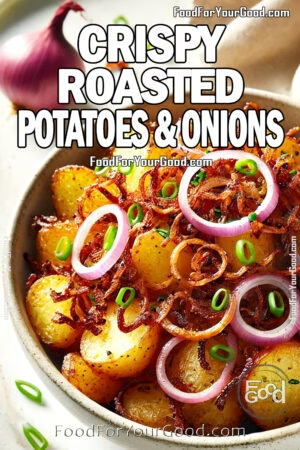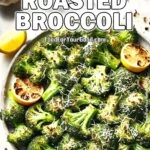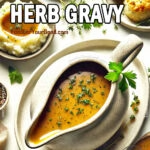Introduction: The Power of Fresh Herbs in Cooking
The Guide to Cooking with Fresh Herbs is an easy and effective way to elevate your dishes. Fresh herbs are one of the simplest ingredients to transform any meal into something extraordinary. Whether you’re a seasoned chef or a beginner, the Guide to Cooking with Fresh Herbs will help you unlock the secrets of fresh herbs. In fact, fresh herbs bring bold flavors, bright colors, and aromatic depth to any dish. For example, they can enhance savory main courses and sweet desserts alike, offering endless possibilities. By adding herbs like basil, parsley, and rosemary, you can significantly enhance the taste of everyday meals. Furthermore, you may even discover new and exciting flavors that you hadn’t considered before.
This guide helps you unlock the full potential of fresh herbs. It not only shows how to incorporate fresh herbs into your cooking but also explains how to store them properly and use them creatively. As a result, by the end of the Guide to Cooking with Fresh Herbs, you will feel confident using fresh herbs to improve your meals. Consequently, your dishes will become more vibrant, exciting, and flavorful. Additionally, we’ll include links to recipes featured in the Guide to Cooking with Fresh Herbs so you can start experimenting right away. Ultimately, the more you work with fresh herbs, the more you’ll realize their remarkable ability to transform your cooking.
1. Understanding Fresh Herbs: A Quick Overview
Fresh herbs are the leaves, stems, or flowers of plants used to season food. Unlike dried herbs, fresh herbs offer a vibrant, aromatic taste. As a result, fresh herbs can transform a dish from good to great. However, not all fresh herbs are created equal. Therefore, knowing which fresh herbs work best with different cuisines will help you get the most out of them.
Popular Fresh Herbs:
- Basil: Perfect for Mediterranean dishes, pesto, or salads.
- Parsley: Versatile and used in a variety of dishes, from garnishes to seasoning.
- Rosemary: Ideal for roasted meats, potatoes, and bread.
- Thyme: Works well with chicken, vegetables, and sauces.
- Mint: Adds freshness to drinks, desserts, and salads.
- Cilantro: Commonly used in Mexican, Indian, and Asian dishes.
Each herb brings something unique to the table. Thus, understanding the flavor profiles and best uses of fresh herbs is key to creating delicious meals. Let’s now explore how you can incorporate fresh herbs into your cooking.
2. How to Master Cooking with Fresh Herbs
Fresh herbs can be used in various ways. The method you choose depends on the type of dish you’re making. For this reason, these tips will help you get the best results when cooking with fresh herbs:
Add Herbs at the Right Time
Timing is crucial when cooking with fresh herbs. For instance, some fresh herbs, like rosemary and thyme, can handle longer cooking times. These should be added early to infuse the dish with their flavors. On the other hand, delicate fresh herbs, such as basil and cilantro, are best added at the end of cooking. This helps maintain their vibrant flavor and color.
- Robust herbs (e.g., rosemary, thyme): Add them at the beginning or during cooking.
- Delicate herbs (e.g., basil, parsley, cilantro): Add them at the end of cooking or just before serving.
Chop or Tear Herbs for Maximum Flavor
To release the full flavor of fresh herbs, chop or tear them before using. Specifically, chopping fresh herbs breaks down the cell walls, releasing essential oils into your dish. However, for fresh herbs like basil or mint, which bruise easily, tearing them preserves their delicate texture.
Herb Butters and Oils
Herb-infused butters or oils are another great way to use fresh herbs. These work well as spreads, pasta mixes, or drizzles for vegetables. For example, Parmesan Garlic Herb Butter uses fresh herbs like parsley, thyme, and garlic to create a flavorful spread. You can find the Parmesan Garlic Herb Butter recipe here.
3. Storing Fresh Herbs: Maximizing Their Freshness
Fresh herbs can wilt quickly if not stored properly. Therefore, here are some simple storage techniques to maximize their shelf life:
Storing Herbs in the Refrigerator
For most herbs, it’s best to store them in the refrigerator. To do this:
- Trim the stems and place the herbs in a glass of water, like a bouquet.
- Cover the herbs loosely with a plastic bag and store them in the fridge.
- Change the water every few days to keep them fresh.
Freezing Herbs
Some herbs, like cilantro, parsley, and thyme, can be frozen to preserve their flavor. Specifically, chop the herbs and place them in an ice cube tray with water or olive oil, then freeze. This method works well for herbs you may not use immediately.
Drying Herbs
While this guide focuses on fresh herbs, drying is another way to preserve them. For instance, hang herbs like rosemary or oregano upside down in a warm, dry spot. Let them air-dry for a few weeks.
4. Creative Ways to Use Fresh Herbs in Recipes
Now that you’re familiar with how to use and store herbs, let’s explore some recipe ideas that showcase fresh herbs in all their glory. From savory side dishes to rich, flavorful mains, these recipes will help you bring fresh herbs into your kitchen:
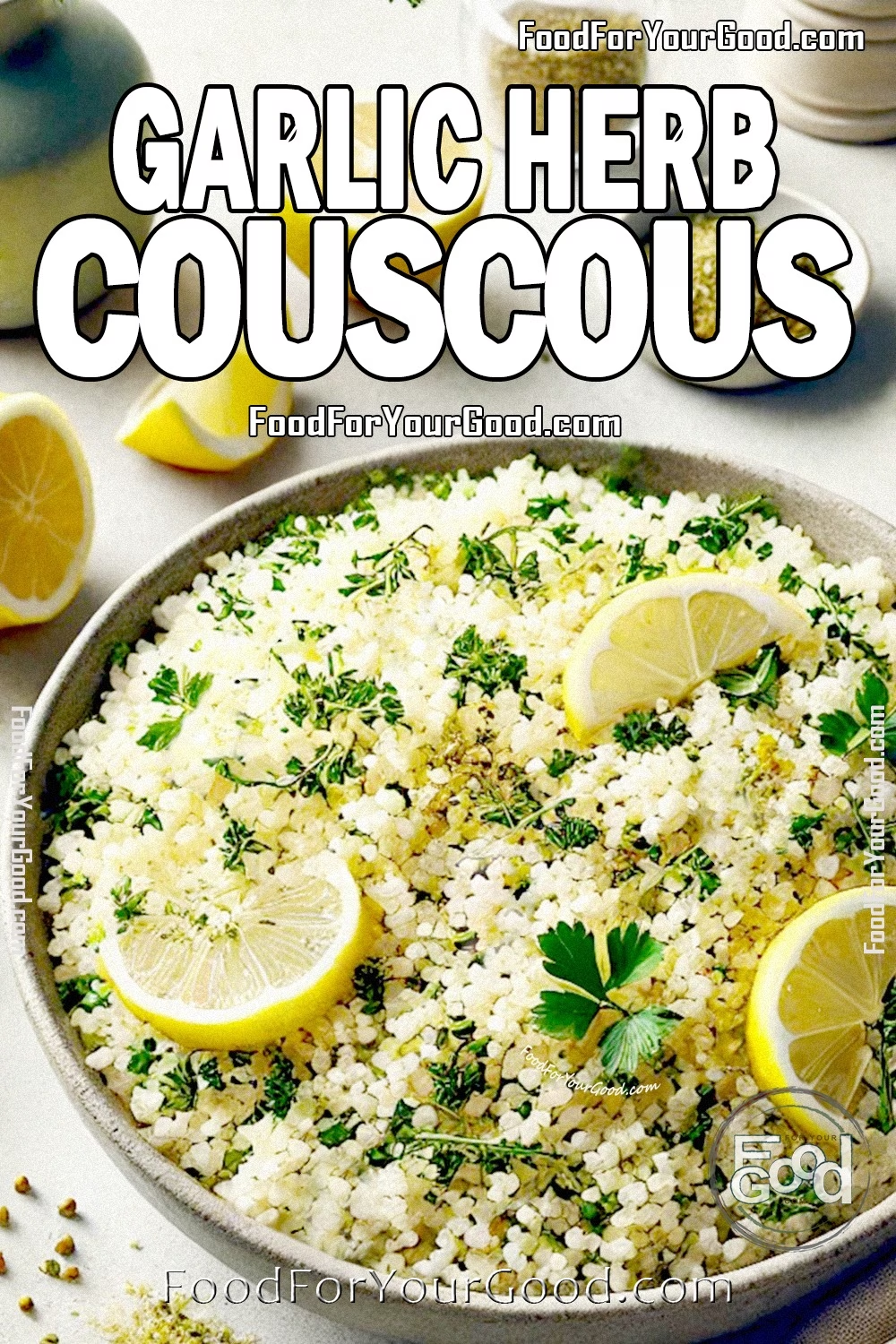
Garlic Herb Couscous
This dish combines the light, fluffy texture of couscous with the aromatic punch of fresh herbs like parsley and thyme. Perfect as a side dish or a light main course, Garlic Herb Couscous is a great way to showcase fresh herbs without overwhelming the palate. Try the Garlic Herb Couscous recipe here.
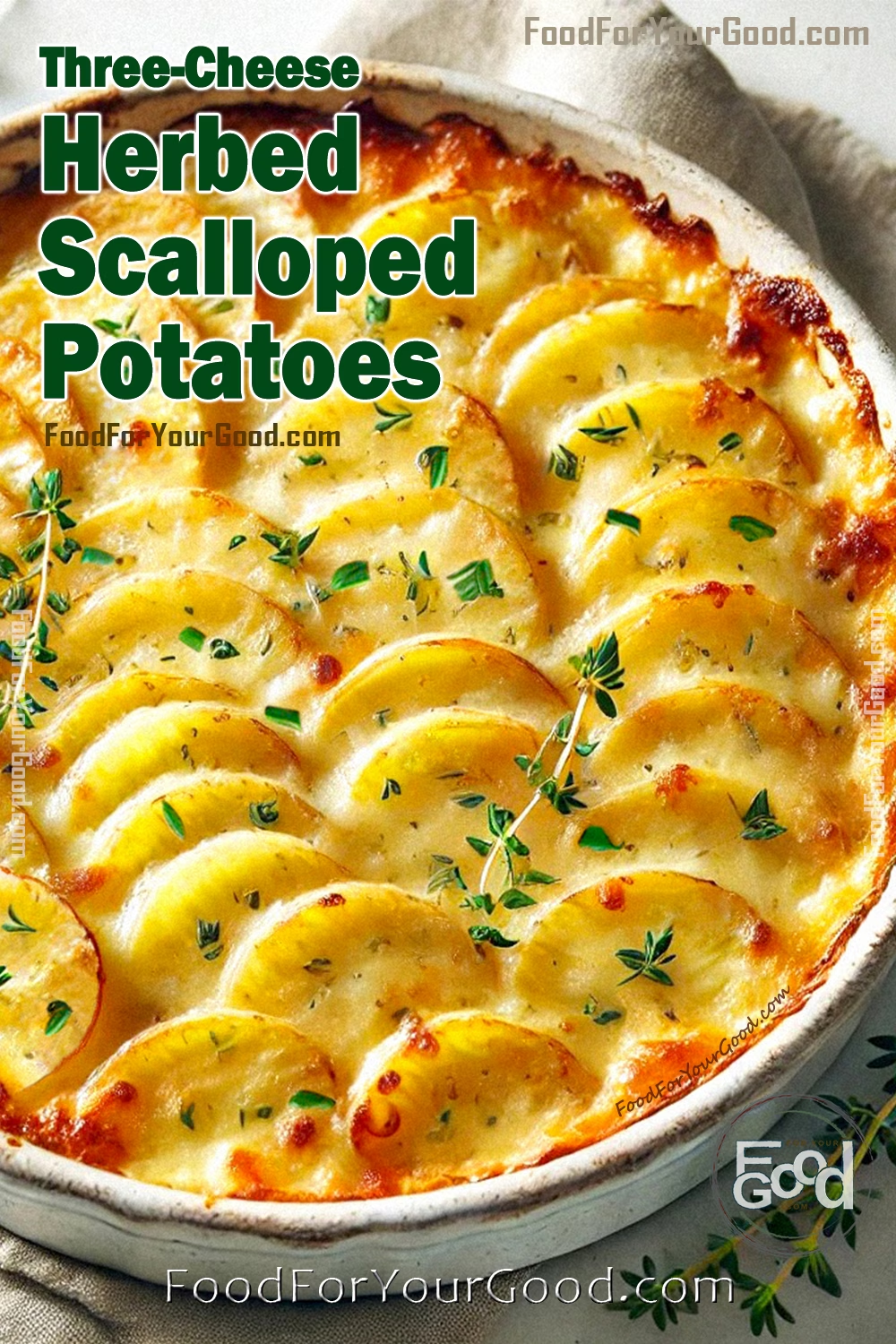
Three-Cheese Herbed Scalloped Potatoes
A comforting classic made even better with the addition of fresh herbs. Thyme, rosemary, and chives combine with cheese and creamy potatoes for a savory dish that’s perfect for any family dinner. The herbs add an unexpected depth of flavor that takes this side dish to the next level. Check out the Three-Cheese Herbed Scalloped Potatoes recipe here.
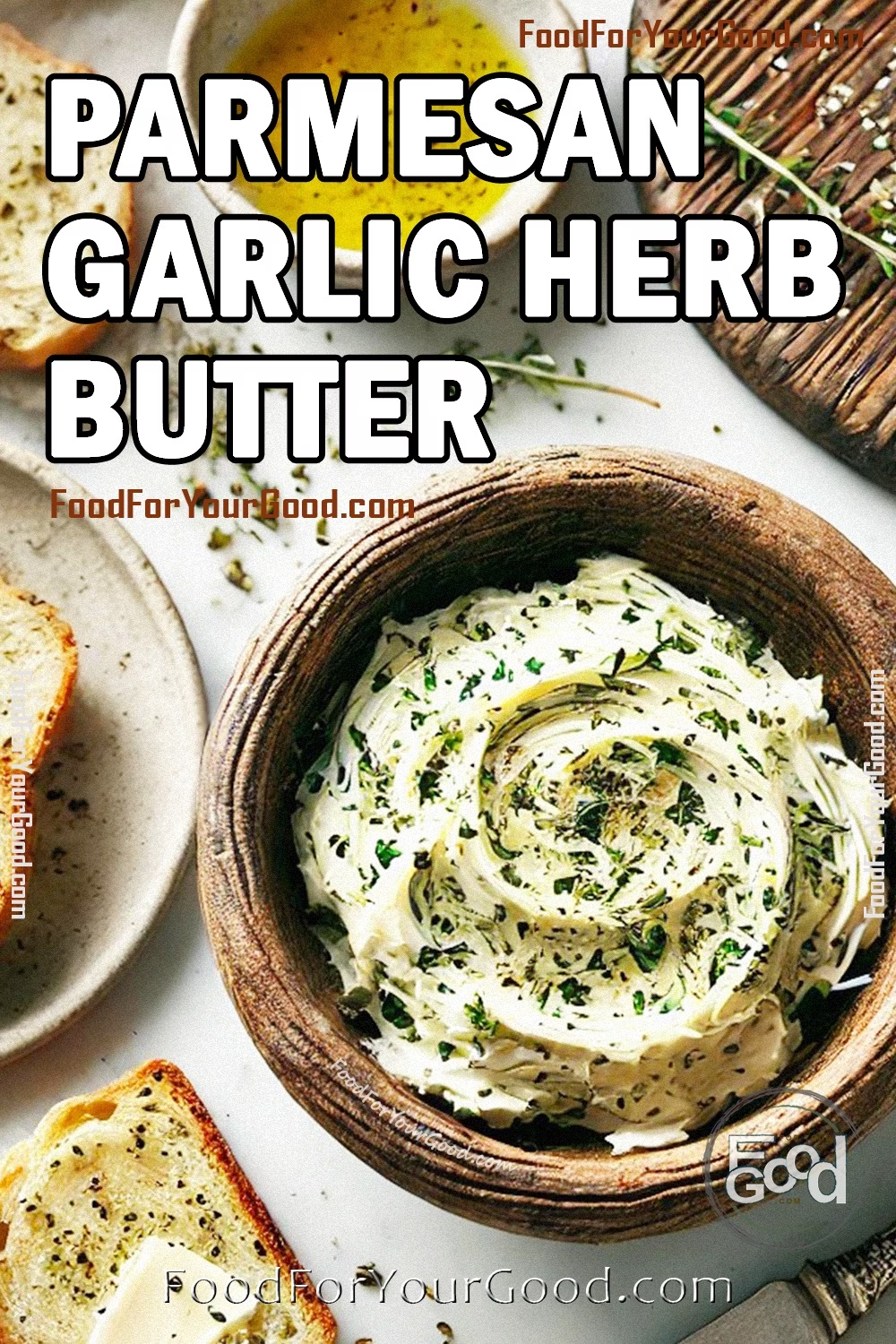
Parmesan Garlic Herb Butter
This rich, flavorful butter can be used to enhance a wide range of dishes. From spreading it on warm bread to adding it to your favorite pasta or roasted vegetables, Parmesan Garlic Herb Butter is a simple yet effective way to incorporate fresh herbs into your cooking. Get the Parmesan Garlic Herb Butter recipe here.
5. Common Mistakes to Avoid When Cooking with Fresh Herbs
While cooking with fresh herbs can be a fun and rewarding experience, there are a few common mistakes that many home cooks make. Avoid these pitfalls to ensure you get the most flavor out of your herbs:
- Using Too Much or Too Little: Herbs are potent, so a little goes a long way. Start with small amounts and taste as you go to avoid overpowering your dish.
- Cooking Herbs for Too Long: As mentioned earlier, delicate herbs like basil should be added at the end of cooking to preserve their flavor. Overcooking herbs can cause them to lose their freshness.
- Not Washing Herbs Properly: Always rinse fresh herbs thoroughly before use to remove any dirt or pesticides. Gently pat them dry with a paper towel before using them.
6. Conclusion: Fresh Herbs Make All the Difference
In conclusion, cooking with fresh herbs is an excellent way to bring bold, vibrant flavors to your meals. Moreover, with these tips and recipes, you’ll be well on your way to incorporating them into your everyday cooking. Whether you’re creating a rich butter, a light couscous side, or a comforting potato dish, fresh herbs have the power to significantly transform your cooking and elevate your dishes. Therefore, the next time you’re in the kitchen, don’t hesitate to reach for a bunch of fresh basil, thyme, or parsley and let them work their magic.
Additionally, be sure to try some of the recipes we’ve shared above, and most importantly, get creative with your own herb-infused dishes. With fresh herbs, the possibilities are endless. In fact, there’s no limit to how herbs can enhance the flavors of your meals, making them both exciting and delicious.
More Recipe Inspiration:
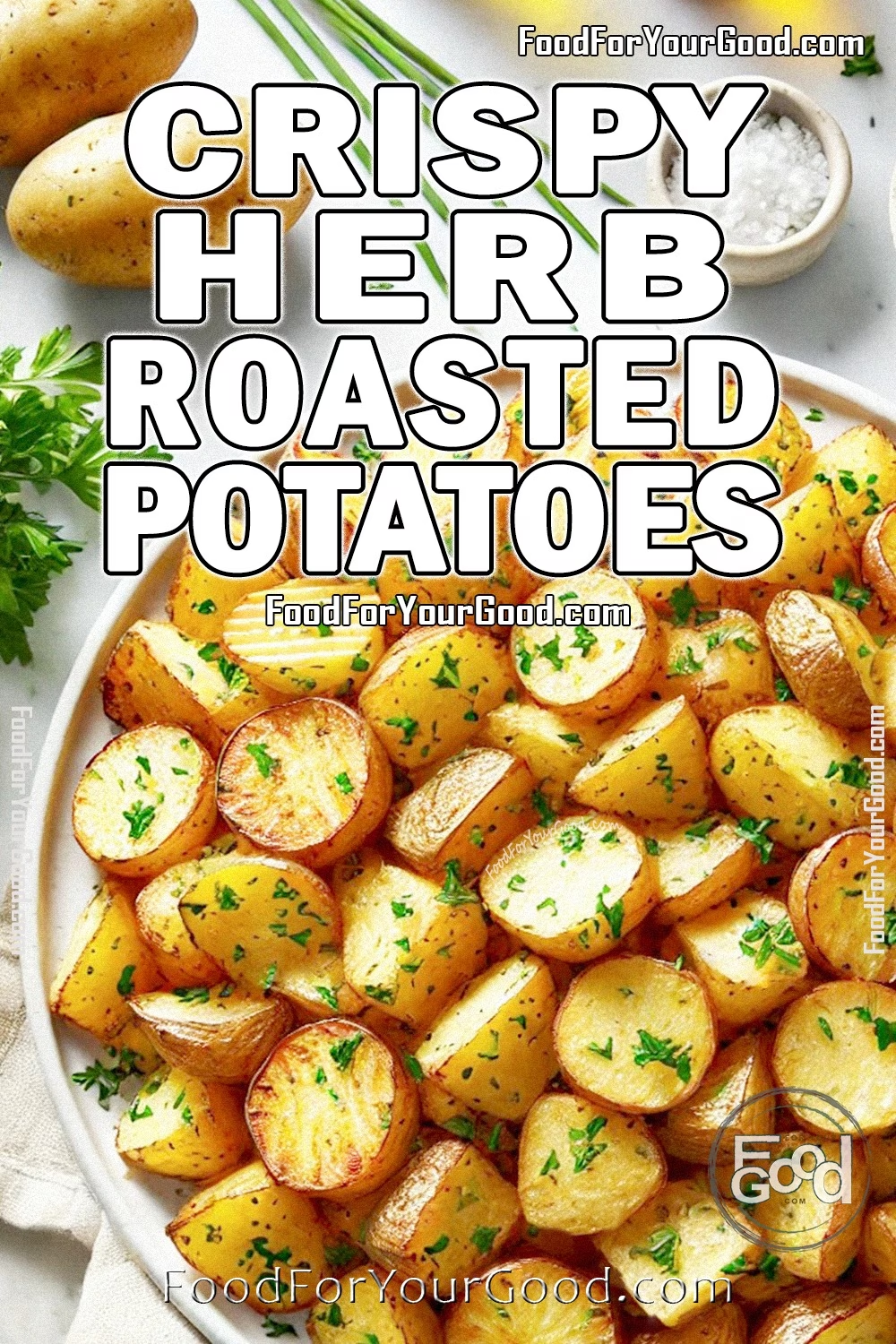
Crispy Herb Roasted Potatoes
Crispy Herb Roasted Potatoes – a golden, flavorful side dish topped with parsley and chives. Find this easy recipe on FoodForYourGood.com. Try the Crispy Herb Roasted Potatoes recipe here.

Cranberry Pecan Baked Brie
Cranberry Pecan Baked Brie topped with cranberry jam, chopped pecans, and rosemary on a white plate. A golden puff pastry surrounds the brie, set in a cozy holiday setting with soft natural light. Perfect appetizer recipe from FoodForYourGood.com. Check out the Cranberry Pecan Baked Brie recipe here.
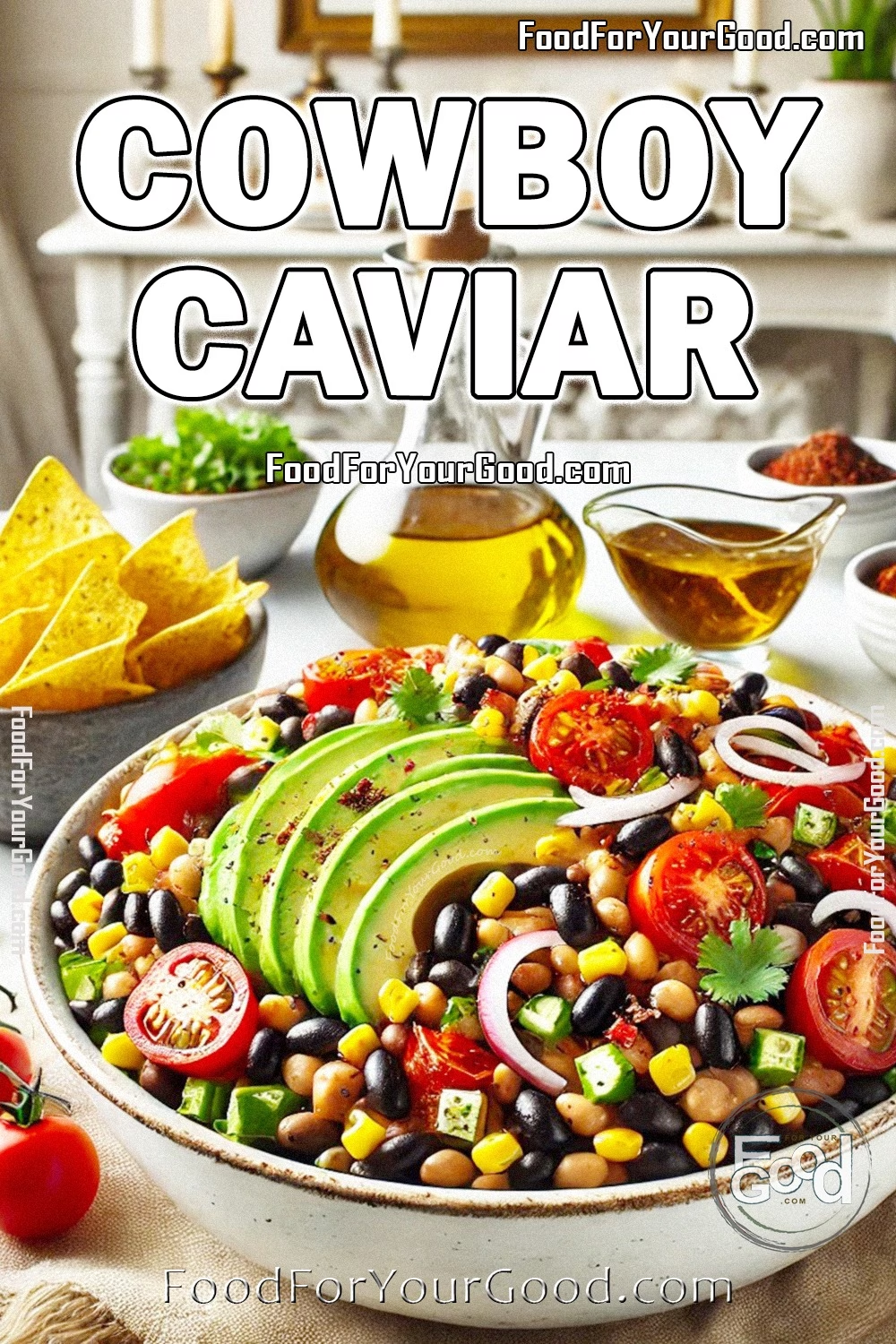
Cowboy Caviar
Cowboy Caviar recipe on FoodForYourGood.com featuring a vibrant mix of black beans, black-eyed peas, sweet corn, cherry tomatoes, avocado, and fresh cilantro in a rustic bowl. Perfect for US-based cooking enthusiasts seeking fresh and colorful dishes. Get the Cowboy Caviar recipe here.
These recipes, featured in the Guide to Cooking with Fresh Herbs on FoodForYourGood.com, are perfect examples of how fresh herbs can be used to enhance both simple and elaborate dishes, adding depth and complexity to your cooking.






